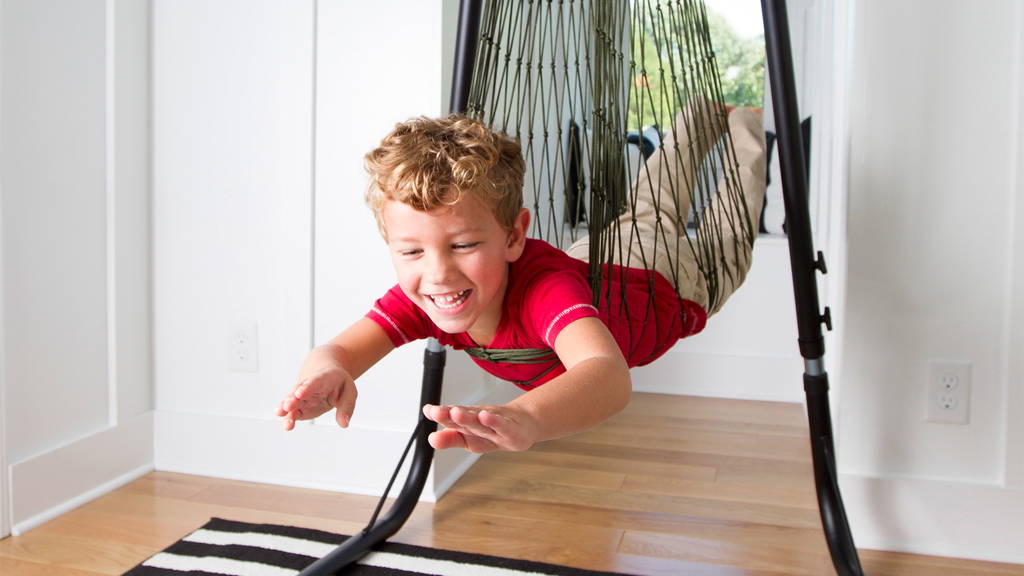The good news? The lessons you teach your kids today will help them navigate a lifetime of inevitable stress and anxiety with clarity and confidence!
Stress Versus Anxiety
Stress is defined as a response to an external cause. That could be anything from deadlines to an argument with a loved one to a broken washing machine. On the other hand, anxiety is how someone reacts to stress–or their internal response.
Knowing the difference between anxiety and stress is essential. Anxiety can linger long after a concern has passed or even when no specific problem is detected. Adults and children alike can find themselves trapped in cycles of anxiety without understanding why.
Both stress and anxiety can cause:
- Headaches
- Uneasiness
- Tension
- Loss of sleep
- Trouble regulating mood
Elimination Versus Management
But ideally, we have tools and strategies to help cope and manage when these feelings arise. Help your kids understand that while we can’t eliminate stress or anxiety, we can find healthy ways to manage them. That way, we can feel empowered and hopeful about our lives.
Realistic Expectations About Stress and Anxiety

Funny enough, believing our lives should be stress-free can lead to more anxiety! When we set realistic expectations for ourselves–and help our kiddos do the same–we’re setting everybody up for success.
You might even be able to reach a place where you see stress as an opportunity. For example, “I can react with extreme feelings or avoid the situation altogether. Or I can use handy tools and strategies to ease my anxiety.”
Some simple tips to help kids manage anxiety:
- Use a tool like a sensory swing or a weighted blanket to access calm
- Engage in some rigorous play or physical activity that relieves nervous energy
- Get enough sleep, so anxiety doesn’t have the upper hand
- Eat healthy foods that fuel you and help your brain stay strong
- Talk it out with yourself or someone else–try to look at the problem from all angles
- Try a deep breathing exercise for a few minutes
- Play with a fidget toy to access instant focus and clear your mind
- Don’t react immediately–take a mental time-out to explore your feelings
Respect Feelings But Don’t Let Them Rule

For example, your child might feel like the dentist is out to get them. Or they could feel like spilling a glass of milk makes them a failure. Listen to your child’s feelings about stress and anxiety while also offering a healthy perspective on how their feelings align with the truth.
Conclusion: Helping Kids with Stress and Anxiety
Just like adults, kids can fall into the trap of thinking that stress and anxiety mean they’re doing something wrong. Instead, stress and anxiety are indicators that you are alive! While these experiences can’t be avoided, they can be managed in ways that help us feel strong, empowered, and healthy.
As always, the Sensory Scout Community is here to lift you up with blogs, discounts, new products, and much more. Don’t miss our other back-to-school articles, How to Overcome Common Back to School Challenges and Making a Sensory Informed Classroom.
 Skip to content
Skip to content

